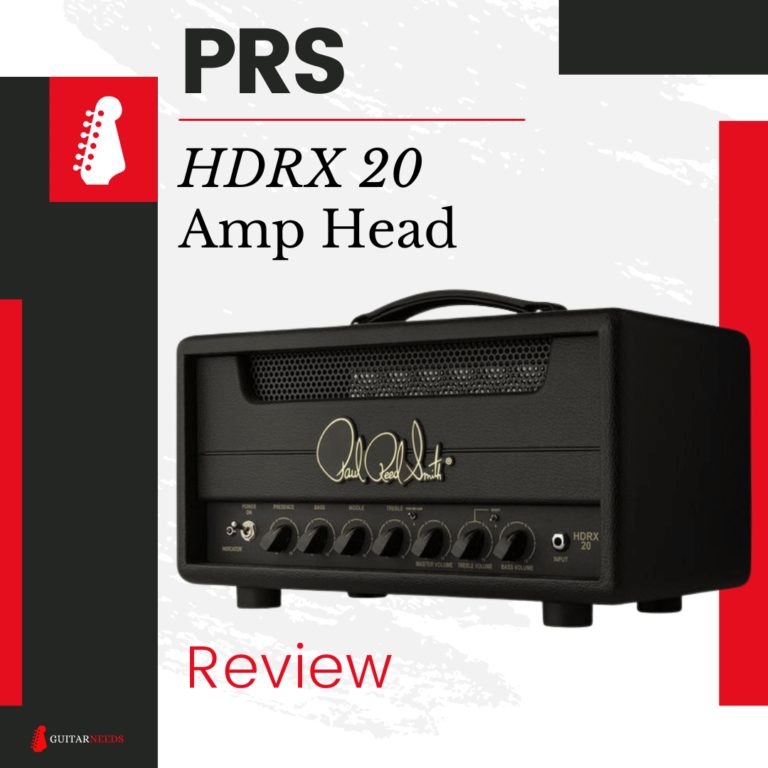This is my PRS HDRX 20 Review.
With the HDRX series, PRS aims to reproduce the iconic sounds of the late 1960s. The compact HDRX 20 is the most recent addition to this series. The HDRX 20 is a solid, functional amplifier with PRS’s stylish DNA. Let’s look at this amp head in more detail!
PRS HDRX Series
Halfway through the 1960s, the so-called “British Invasion” took place with British bands conquering the world with their electonic blues. Around that time, the phenomenon of “super guitarists” such as Eric Clapton, Jeff Beck and Jimmy Page also emerged. With Jimi Hendrix as the undisputed No. 1 in the list of guitar gods.
Hendrix had been brought to England in 1966 by Chas Chandler, bassist of the Animals. Hendrix was paired in England with drummer/backing vocalist Mitch MItchell and bassist/backing vocalist/songwriter Noel Redding, and the “Jimi Hendrix Experience” was a reality. During their brief period of existence, The Experience produced three successful studio albums and four top 10 singles.
Hendrix used a 1959 Marshall 100-watt Super Lead to amplify his guitars. The design of this amplifier was an inspiration to many amplifier builders, including Paul Reed Smith (PRS). PRS has been successful in recent years with the 25th Anniversary amplifier, the HXDA models and most recently with the HDRX 100 and HDRX 50 models.
The HDRX models are based on detailed research in 2018 by Doug Sewell, amplifier expert at PRS. Among other things, Sewell examined the vintage Super Lead from the Museum of Pop Culture in Seattle, the amp Hendrix used during his famous Woodstock performance.
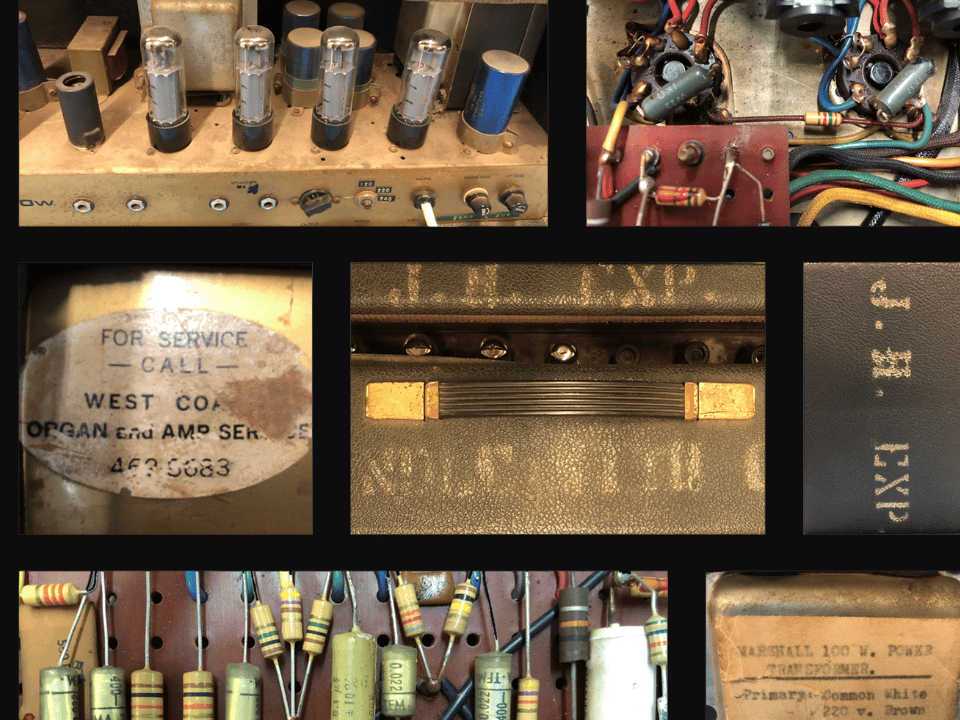
His research paid off, as the HDRX 100 and HDRX 50 have even been approved by Jimi’s heirs. For more background on the research, check out the YouTube-video below.
Overview – PRS HDRX 20
More affordable and portable than the other larger models, the HDRX 20 is manufactured in Indonesia (rather than in the United States like the HDRX 100 and 50).
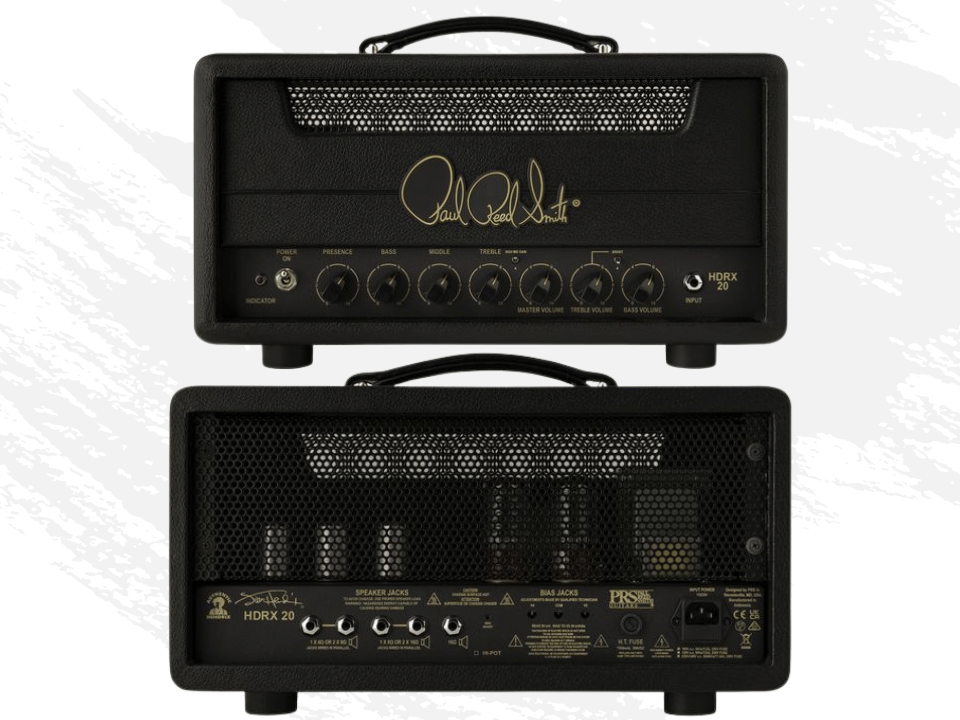
- Price indication: $ 800
- Tubes: Power: 5881 2X, Preamp: 3x 12AX7
- Power: 20 W
- Weight: approx. 27.6 lbs, 12.5 kg
- Channels: Channels 2, Internally-Bridged B+ Fuse Holder T500mAL/500V fuse
- Controls: Volume per channel (Treble and Bass), Presence, Bass, Middle, Treble EQ, Bright switch for treble channel, High, Mid, Gain switch
- Connections: – Inlet IEC w/ integrated fuse, Output Jack, Configuration/ 2×4, 2×8, 1×16 Ohm Selection, Bias Adjustable (accessible bias monitor jacks and adjustment potentiometer)
- Other: Dimensions (W x D x H): 22.9 x 43.8 x 22.9 cm, colour: Black
For
- Looks and sounds great! Beautiful vintage style.
- Great price, very affordable (much more than the hand-wired bigger HDRX amps).
- Very portable.
- Adjustable bias to get the most out of the tubes.
Against
- No effects loop, no foot-switchable functions or outputs with speaker emulation (in true vintage style).
- This can be well compensated for these days, with external effects and load boxes.
Check price:
Control panel and Connections
PRS HDRX 20 Review
The layout of the HDRX 20 is almost identical to that of the larger HDRX enclosure tops. The enclosure is dark black and features perforated metal air vents on the front and back, black trim, tightly applied vinyl and a large PRS logo. The style of the original Marshall Super Lead is reflected in the solidly rounded corners.
The inside contains a steel chassis that supports several hefty transformers. Most of the components in the chassis are located on a large, high-quality, double-sided PCB. The control panel controls and the three preamp tubes (JJ ECC803S) also sit on it. A separate PCB strip was used for the rear panel speaker outputs. Here you will also find a bias circuit, with test points and corresponding bias regulator. The long-term reliability of the amplifier is high because the end tubes are attached directly to the chassis and hand-wired. This keeps the main heat source away from the circuit board.
HDRX 20 contains for the output stage two so-called ‘Tung-Sol 5881’s. These tubes were considered the very best and were the first to be produced by the famous Tun-Sol Lamp Works of Newark, New Jersey. The tubes feature rugged construction in a shortened glass case, higher plate voltage and higher power. Tung-Sol 5881s were used by Fender, among others, in the 5F6-A Bassman wx10, the inspiration for the Marshall JTM45.
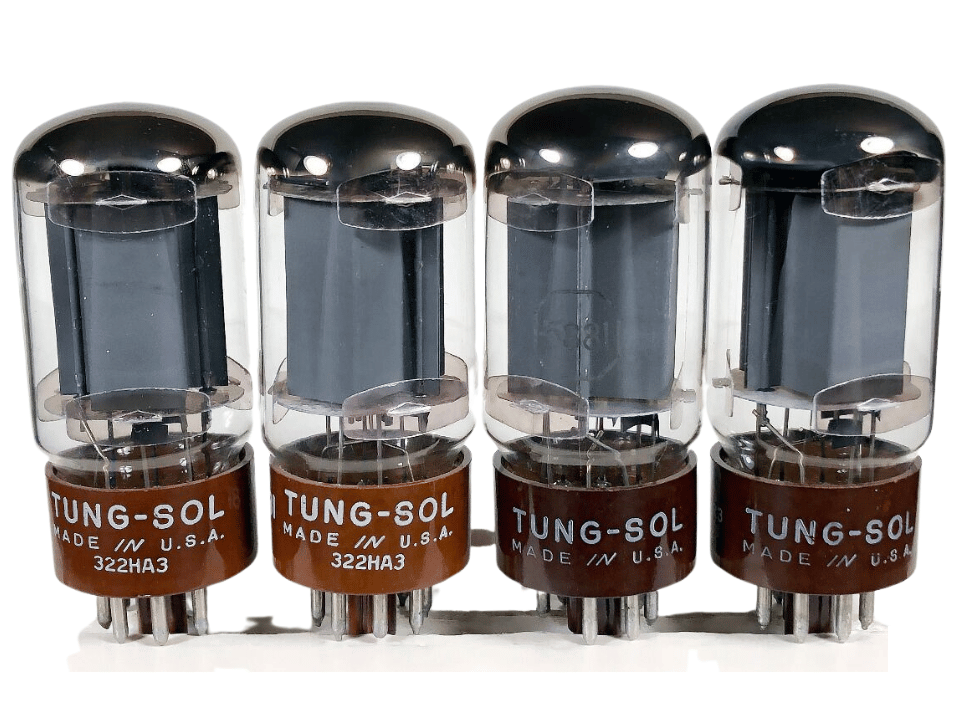
The HDRX 20’s control panel has two parallel preamp channels (Treble and Bass). An internal circuit allows you to hear both channels simultaneously. The two preamp panels have separate volume controls and controls for high, mid, low and presence. The larger HDRX amps do not have a master volume, but the HDRX 20 does. Two toggle switches the Bright function on the Treble channel and the High-Mid Gain boost. The rear panel has five loudspeaker connectors to connect speaker channels of 4, 8 and 16 ohm impedance, as well as the prevoltage control and test points (see above). The amp’s history and provenance is reflected in Jimi’s signature and the Authentic Hendrix logo.
Amp Sounds
PRS HDRX 20 Review
The amplifier is surprisingly quiet after it warms up. This is due in part to the DC power supply for the preamp tube heating wires. The main tone control is via two parallel preamp volume control knobs. You use the remaining EQ knobs and switches to fine-tune the sound. The Bright switch is useful for giving hig-output pickups with lots of mids extra sharpness. The High-Mid Gain switch gives single-coils a good boost and quickly brings Stratocasters close to the Hendrix sound. Using the master volume knob, you can open up the preamp for a nice crunch without the volume getting too high.
To get the amp going properly, you need to open the master to at least half. You will then hear the clear but not sharp high frequencies and a smooth middle sound. Think of the nice vintage sounds of a JTM45, a tweed Bassman or a ‘Plexi’. Because of the perfect dynamic response, turning your guitar’s volume control is enough to clean up the sound or get more crunch.
With its medium-low gain channels, the HDRX 20 is an excellent platform for pedals. This top box has no effects loop, so the pedals come directly between guitar and amp. Other options include using a load-box with effect loop or line output between the amp and speaker.
Customer Reviews – PRS HDRX 20
When the 100 and 50 watt versions of this amp came out I was intrigued, but didn’t need the power. With the 20 watt and a master volume PRS have checked all the boxes. I own a Marshall SV20H which is an amp that I’m sure most anyone considering the HDRX20 will also be looking at.
In my opinion the HDRX20 is what the SV20 should have been. PRS is known for fixing small quality of life issues and they’ve done it here as well. If you’ve ever tried a SV20, you’ll know that it sounds great in it’s sweet spot, but that it can take some wrangling to get it there. The HDRX on the other hand sounds great straight out the gate and at pretty much any point on the dials. It’s much more intuitive to dial in sounds on the HDRX, and with the mid and bright switch can dial it for any guitar.
Something about the HDRX that I really like is that it has the top end sheen of a plexi but unlike the SV20 it never seems to get out of control. Likewise on the bass end, while there is no shortage of lows, it handles my typically muddy neck humbucker with uncommon grace, lifting it into usable territory. It really is like refined plexi.
The amp is very dynamic, tons of touch sensitivity and the transition to breakup is very pleasing. The amp handled a variety of guitars, letting each unique voice shine through. The HDRX also seems to take pedals well, at least as well as the SV20.
I can’t speak to the internal build, but the outside is very well put together. Hopefully it will be a durable amp. Owning both this and an SV20, it’s my opinion that the HDRX is hands down the better choice. It does the plexi thing, but with much more versatility. Given the price point, PRS is going to sell a ton of these.
Did A/B/C comparison with this amp, a handwired Marshall JTM45, and a 50 watt lead. This amp has the specific things that are better about each. I like it better than either. Don’t expect it to really be 20 watts though. The truth is 30-40 watts. If you’re looking at getting it to do the plexi thing at low volume, forget it. By the time the master is up enough for the coveted plexi-style power tube distortion, it’s seriously loud, as loud as a JTM45. Great amp though! Loving mine!
First off I’ll say that tone is completely subjective. Everyone has their own preferences when it comes to amps. This one has exceeded any and all expectations I had when I bought it. I’ve finally found that sound I’ve been chasing my whole life. That grit, growl, and chime of a lead plexi in a compact package that can be played at reasonable levels thanks to the master volume. I haven’t stopped smiling since I plugged it in. Sounds great no matter what guitar I plug in or speaker cab I use. In fact, enough writing, back to playing.
PRS HDRX 20 – Alternatives
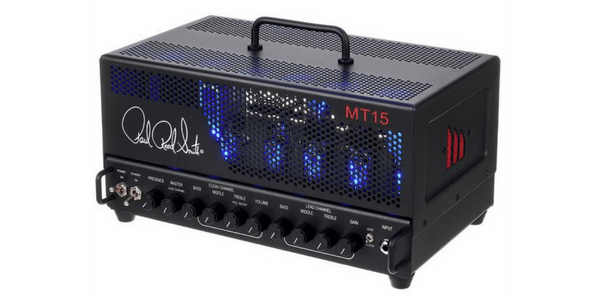
PRS MT 15 Amp
Connect to the high-gain and release your inner headbanger. MT-15 Paul Reed Smith The MT-15, which Mark Tremonti helped design, provides powerful amp sound in a compact design. This amplifier produces 15 watts of gritty tone when running on a pair of JJ 5881 tubes. working on it at home? Simply reduce the amp’s output to 7 watts to reach the sweet spot without turning up the volume. The backlight of the MT-15 changes from a scary blue to a frightening red when you turn on the dirty channel. This amp has more than enough sizzle available for musicians of any type thanks to its five gain settings.
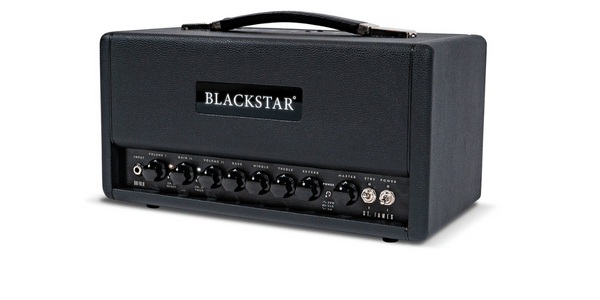
Blackstar St. James 50 6L6 H Black
Blackstar responds to the demands of guitarists all over the world for a valve amplifier that is genuinely portable and lightweight by manufacturing the most cutting-edge, creative, and best-sounding 50 Watt valve amps available. The 6L6 design is straightforward to operate but incredibly versatile, offering a variety of powerful guitar tones. The straightforward two channel set-up, which Blackstar developed after months of forensic analysis of classic valve amps, produces the greatest cleans and overdrives they have ever produced.
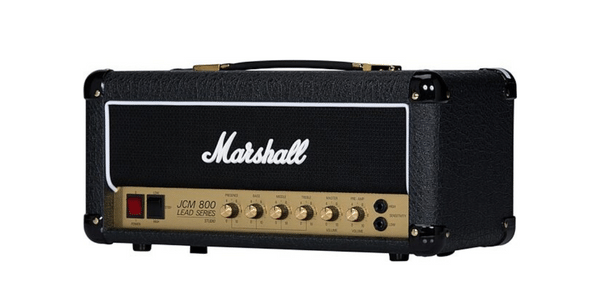
Marshall Studio Classic SC20H
Inspired by the JCM800 2203, perhaps one of Marshall’s most popular guitar amplifiers, The Marshall Studio Classic JCM 800 Guitar Amplifier Head offers the complete JCM800 2203 tone range in a portable package, ranging from full and rich cleans to more driven aggressive sounds. It contains a master volume, a preamp volume control, a variety of EQ settings, including a presence control, an additional effects loop, and a DI out.
Verdict – PRS HDRX 20
PRS is successfully picking up in the amplifier market. Think of the signature products for David Grossom and Mark Tremonti, and the two-channel Archon models that can be used for country to metal. The HDRX amps add compelling vintage Super Lead sounds, in a modern package with improved design and reliable components.
At the same time, the HDRX honors the simplicity of its famous example: it lacks an effects loop, footswitchable functions and outputs with speaker emulation. However, this can be well compensated for these days with external effects and load boxes. The HDRX is an ideal amplifier at the heart of your setup.
Compared to the EL34 power tubes of the larger HDRX amps, this HDRX 20 has insufficient volume for live performances. On the other hand, the HDRX 20 and much more portable, and much cheaper. The serious amateur or professional looking for the authentic JTM 45 or ‘Plexi’ sounds, in a modern, reliable and affordable format is totally at the right place with HDRX 20.
PRS HDRX 20

Check price:

